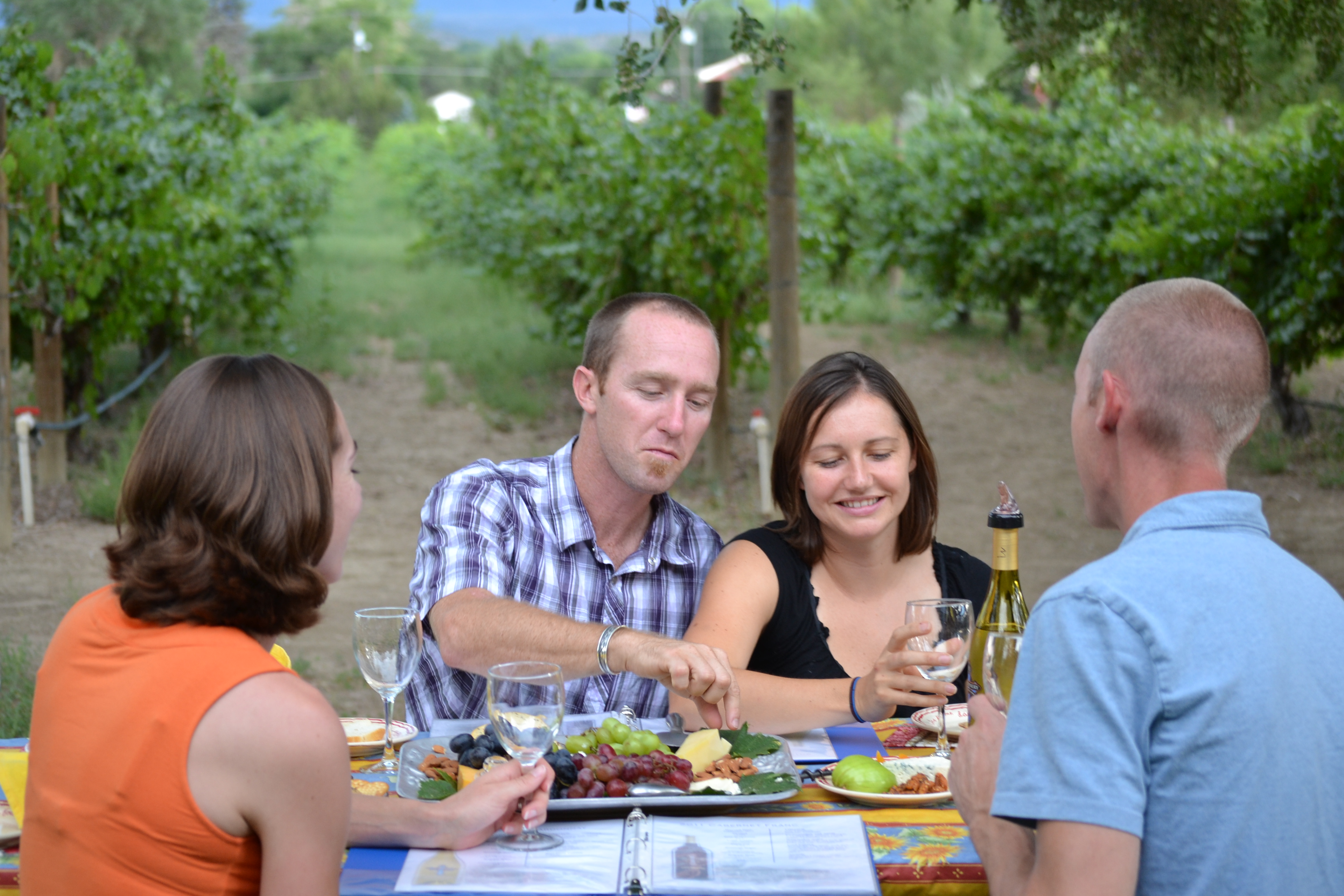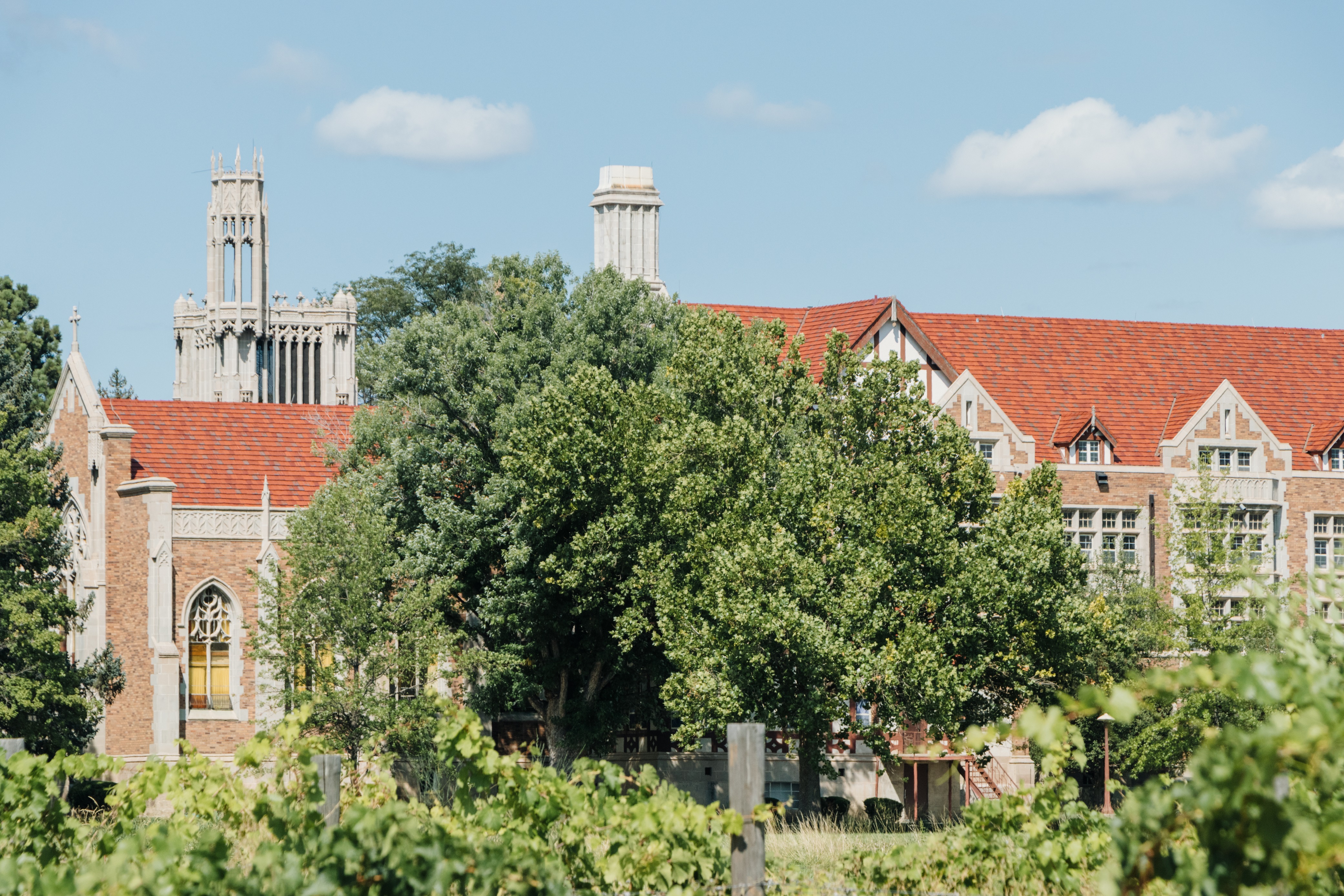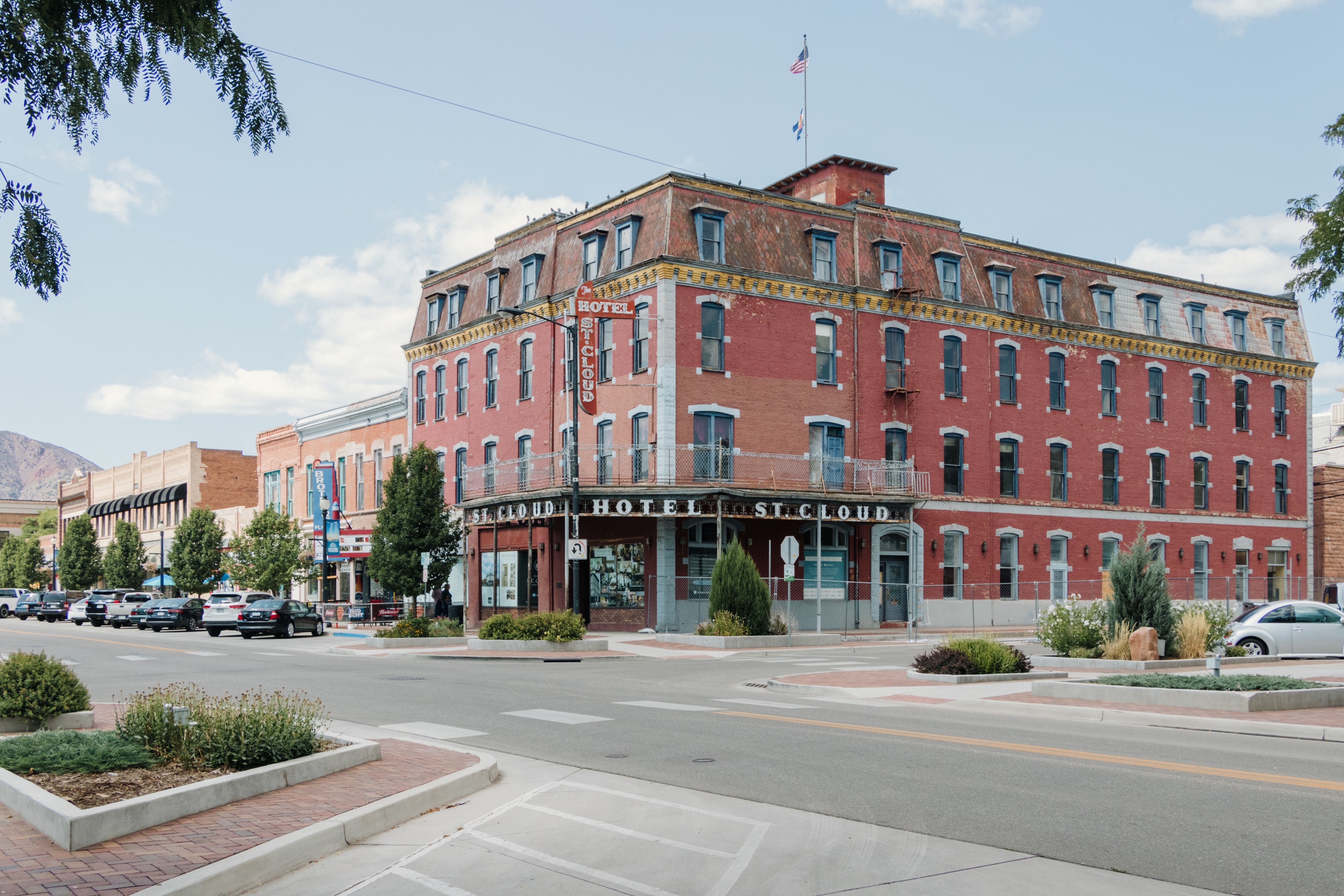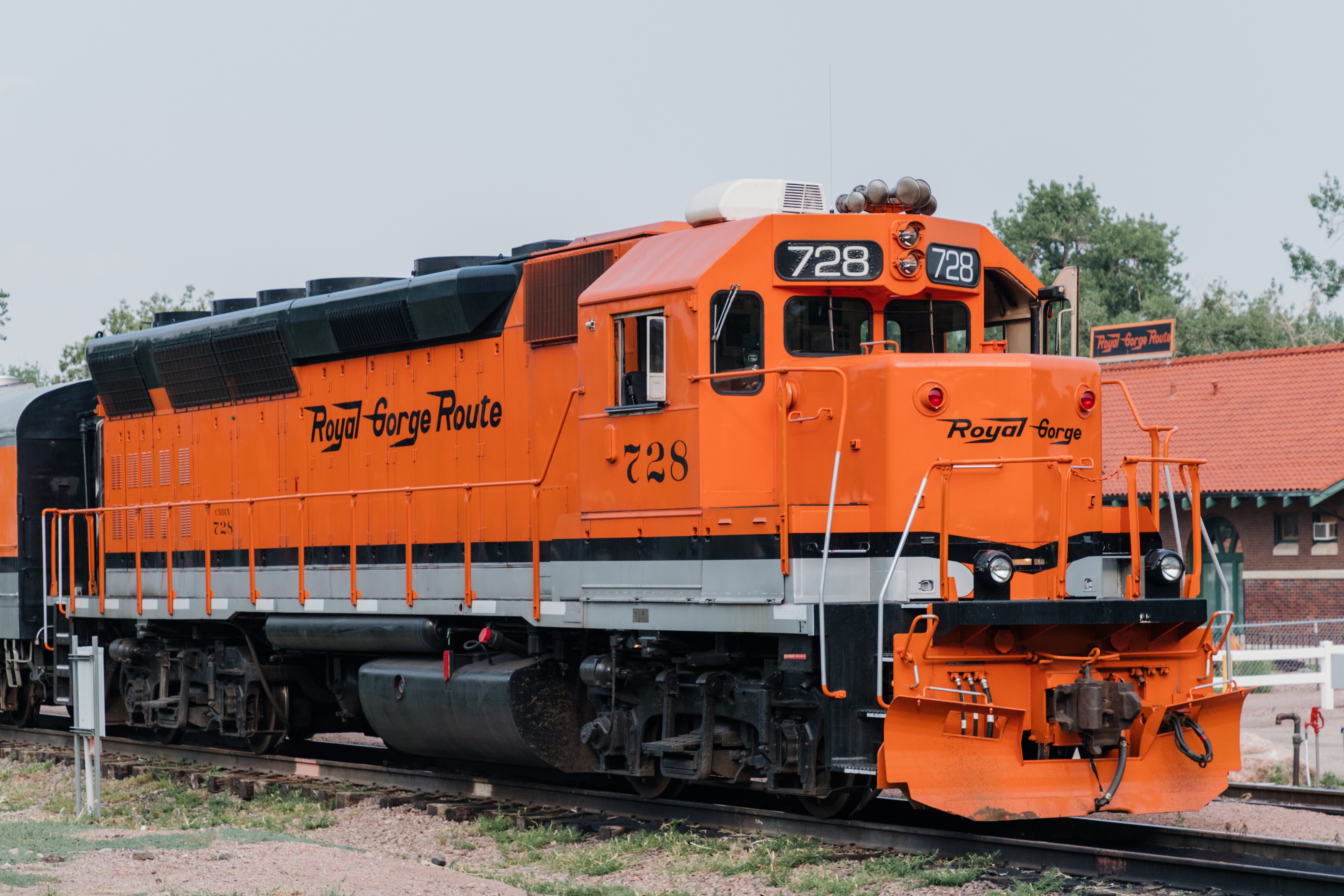Beyond the Bars in Cañon City, Colorado
3 min read(The Epoch Times)
Quite a few out-of-towners spend time in Cañon City, but not for the right reasons.
While this smallish city in south-central Colorado is within driving distance of fast-growing Colorado Springs and the former steel city of Pueblo, it is hardly a bedroom community for commuters.
Instead, many of those living here are behind bars in the 11 prisons spread across Fremont County, which takes its name from the legendary 19th-century soldier, explorer, and politician John C. Fremont. One of the most infamous inmates, Joaquin Guzman, better known as the Mexican drug lord El Chapo, is locked up at the federal supermax prison.
Those coming to Cañon City for something other than a spell in the penitentiaries often do so for the Royal Gorge Route Railroad.

Sightseeing via Train
The heritage line operates as many as four daily sightseeing trains along tracks first laid in the 1870s through the breathtakingly beautiful Royal Gorge, where granite cliffs soar a thousand feet above the Arkansas River. On weekends, a three-course dinner train runs with first-class seats in vintage cars.
A few miles west of town, roughly parallel with U.S. Highway 50, is the gorge. While the county bears the name of Fremont, the first white man to see what some today call the Grand Canyon of Colorado was Zebulon Pike in 1806.
Of course, Pike and Fremont wouldn’t have seen the pedestrian bridge—somewhat uncreatively named Royal Gorge Bridge—that has spanned the cliffs since 1929 and was for several decades in the record books as the world’s highest bridge. Numerous roadside attractions are also located here, including zip lines.

Downtown
Back downtown, Cañon City feels like one of Colorado’s best-kept secrets—the kind of place that will be dramatically different in just a few years.
Revitalization is underway, starting with the landmark Hotel St. Cloud. The Second Empire-inspired building, rebuilt at its present location around 1887 after being dismantled and transported brick-by-brick from a silver mining town some 50 miles away, is slowly undergoing redevelopment. Around the corner is the stately former post office with the kind of architecture that nobody designs anymore. Today, it houses an arts center.

Wineries
And then there’s the wine, which complements the apple orchards and cideries found in the Arkansas River Valley to the east of town.
The Winery at Holy Cross Abbey was established years ago on the grounds of a now-closed Benedictine monastery. Between the Gothic revival chapel, listed on the National Register of Historic Places, and the long history of monks making wine, the setting feels almost medieval.

Under the ownership of Larry Oddo these days, a broad range of wine is produced using grapes grown mostly in the Grand Valley AVA, a Colorado appe
This article was published at The Epoch Times. Read it in its entirety here. Read More
Note: Some of the content in this article may have been generated with the assistance of AI. While we strive for accuracy, AI-generated text can occasionally contain errors or outdated information. Please verify any important details independently.
